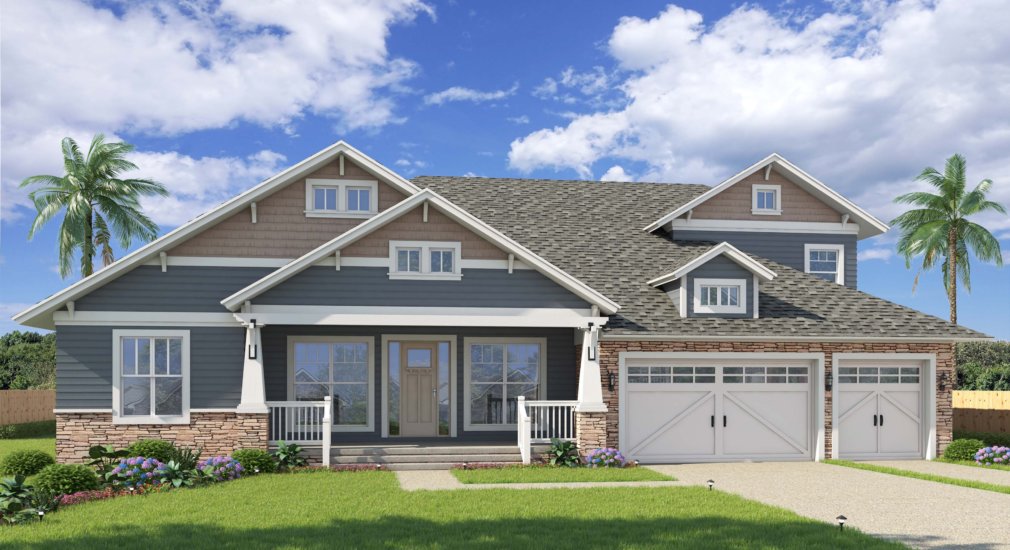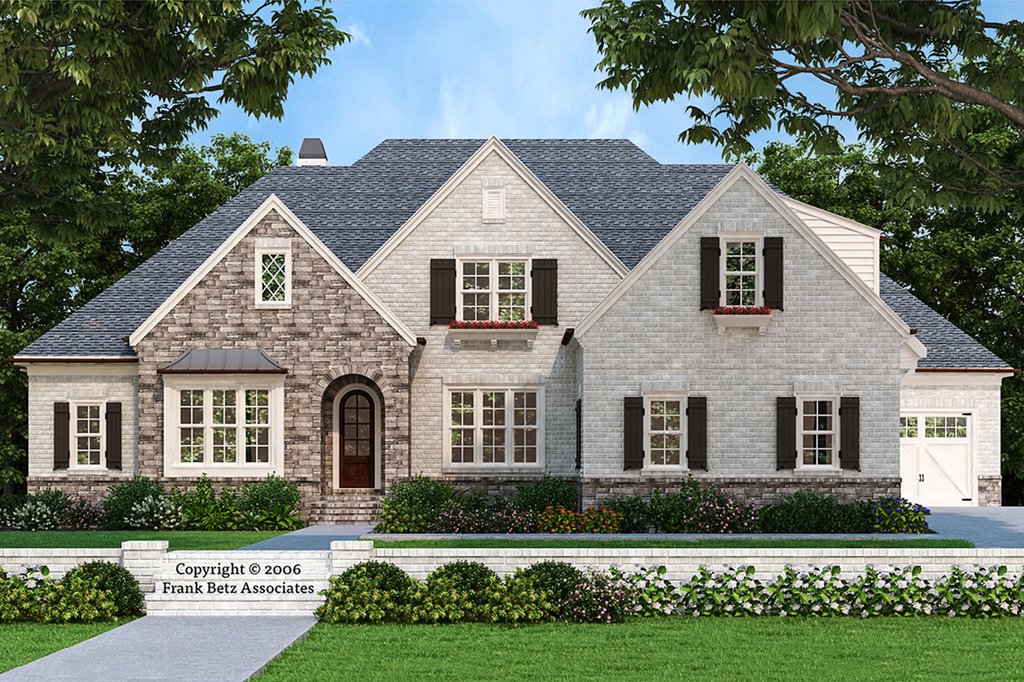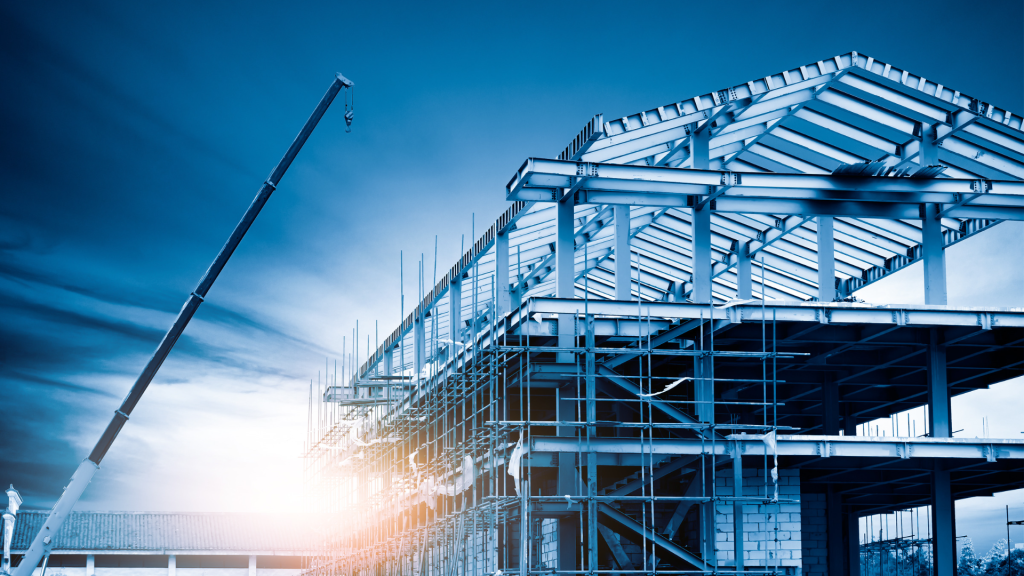
Discover how tall a two-story house typically is, considering factors like floor-to-ceiling heights, architectural styles, and roof designs. Explore the impact of design choices and local regulations on the height of two-story homes.
Introduction
Understanding the height of a two-story house involves more than just measuring from the ground to the top of the roof. It’s a blend of architectural design, construction standards, and practical considerations. In this extensive guide, we will delve into the various aspects that determine how tall a two-story house can be, exploring factors from floor-to-ceiling heights to roof styles and everything in between.
The Basics of Measuring a Two-Story House
When discussing the height of a two-story house, it’s crucial to start with the basic measurements. Typically, the height is calculated from the foundation to the top of the roof. Each floor’s height varies, but commonly, each story measures between 8 to 12 feet. This range is influenced by factors such as ceiling height preferences, floor thickness, and architectural design. For instance, older homes may have lower ceilings compared to modern designs that feature more open and airy spaces.
Factors Affecting the Height of a Two-Story House
Several factors contribute to the overall height of a two-story house. Transitioning from the base level, we must consider the floor-to-ceiling height, which generally ranges from 8 to 10 feet per floor. Additionally, the thickness of flooring and ceiling structures adds to the height. Modern homes might also include additional features like high ceilings or vaulted spaces that increase the total height of the building.
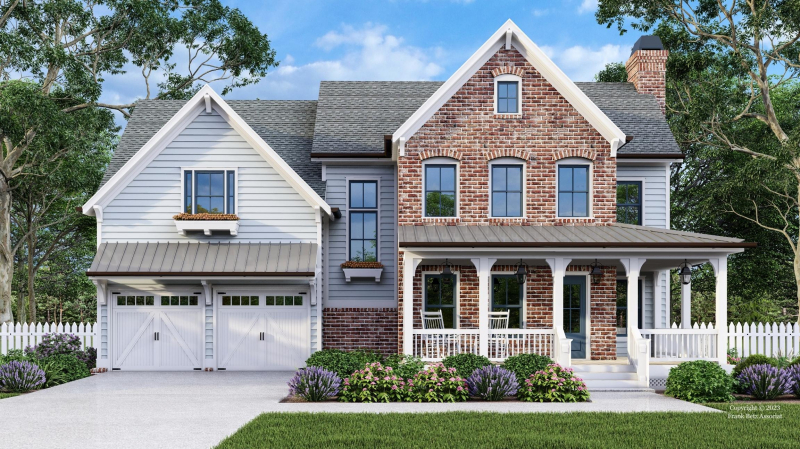
Floor-to-Ceiling Heights
Floor-to-ceiling heights are a significant factor in determining the height of each story. Traditional homes might have a ceiling height of around 8 feet, while contemporary designs often feature ceilings of 9 to 10 feet. High ceilings, particularly in living areas or foyers, can significantly impact the perceived and actual height of a two-story house. These heights affect not only the aesthetics but also the interior space and lighting.
Architectural Styles and Their Impact on Height
Different architectural styles can influence the height of a two-story house. For example, Colonial homes often have a symmetrical design with moderate heights, while modern and contemporary styles may incorporate large windows and open spaces that contribute to greater overall height. Roof styles, such as gabled, hipped, or flat roofs, also play a role in determining the total height. Each style affects how the height is distributed and perceived.
The Role of Roof Design
The design of the roof significantly impacts the height of a two-story house. A pitched roof, for instance, can add several feet to the overall height compared to a flat roof. Roof pitches, which vary depending on architectural design and regional climate, can range from gentle slopes to steep inclines. The choice of roof design not only affects the height but also the visual appeal and functionality of the house.
Local Building Codes and Regulations
Building codes and regulations can influence how tall a two-story house can be. These codes vary by region and often dictate the maximum allowable height for residential structures. Understanding local zoning laws and building codes is essential for homeowners and builders to ensure compliance and avoid potential legal issues. Regulations might include restrictions on the height of structures to maintain neighborhood aesthetics and safety.
Practical Considerations for Homeowners
For homeowners, the height of a two-story house affects various practical aspects, including maintenance, heating and cooling efficiency, and overall comfort. Higher ceilings might require additional heating or cooling to maintain comfortable temperatures. Additionally, maintaining a house with higher stories might involve more complex logistics, such as window cleaning or roof repairs.
The Influence of Interior Design
Interior design plays a crucial role in how the height of a two-story house is perceived. High ceilings and open floor plans can make spaces feel larger and more inviting. Design elements such as large windows, open staircases, and vaulted ceilings contribute to the overall sense of height and spaciousness within the home. Choosing the right design elements can enhance both the functionality and aesthetics of a two-story house.
Comparing Two-Story Houses to Other Home Designs
When comparing two-story houses to other home designs, such as single-story or multi-story homes, several factors come into play. Single-story homes generally have a lower height but may spread out horizontally, whereas multi-story homes, with more than two stories, add additional vertical height. Each design has its advantages and drawbacks, affecting the overall living experience and architectural appeal.
Common Misconceptions About Two-Story House Heights
There are several misconceptions about the height of two-story houses. Some might assume that all two-story homes have identical heights, but in reality, variations are significant based on design choices, roof styles, and local regulations. Clarifying these misconceptions helps homeowners and builders make informed decisions about their projects.
Historical Evolution of Two-Story Houses
The design and height of two-story houses have evolved over time. Historically, two-story homes were built with more modest heights due to the construction techniques and materials available. Modern advancements in building technology and design have allowed for greater flexibility in height and style, reflecting changes in architectural trends and homeowner preferences.
The Future of Two-Story Home Designs
Looking ahead, the future of two-story home designs will likely continue to evolve with advancements in construction materials, energy efficiency, and architectural innovations. Sustainable design practices and emerging trends may influence the height and overall design of future two-story homes, making them more adaptable to changing needs and environmental considerations.
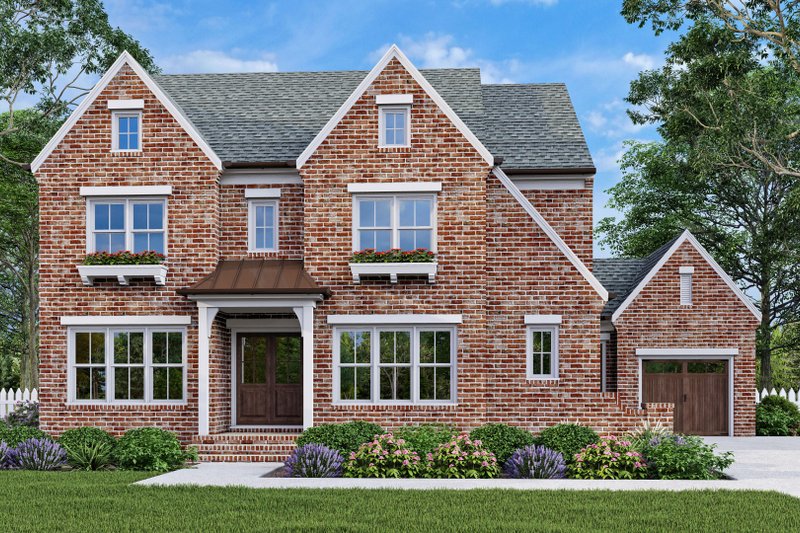
Case Studies: Varied Heights of Two-Story Houses
Examining case studies of two-story houses in different regions and architectural styles provides insight into how height can vary significantly. These case studies highlight the impact of design choices, local regulations, and homeowner preferences on the overall height and appearance of two-story homes.
Conclusion
Determining how tall a two-story house is involves understanding various factors, from floor-to-ceiling heights to roof designs and architectural styles. By considering these elements, homeowners and builders can make informed decisions about their projects, ensuring that their two-story homes meet their needs and preferences.
Read also: Harmonicode.com Pioneering the Future of Programming and Development

